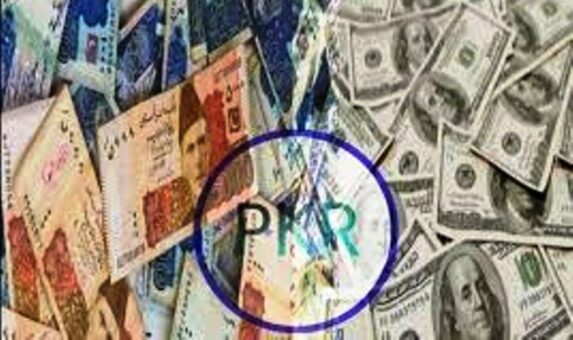KARACHI: The Pak Rupee eased by 4 paisas on Monday owing to higher demand for import and corporate payments.
The rupee ended Rs156.23 to the dollar from last Friday’s closing of Rs156.19 in interbank foreign exchange market.
Currency dealers said that the higher demand for import payments and corporate payments on the first trading day of the week put pressure on the rupee value.
The market was initiated with higher dollar demand and rupee witnessed more than 10 paisas decline earlier in the day. However, inflows helped the rupee to recover early losses.
Currency experts said that the reduction in current account deficit and improved economic indicators could help the rupee to further appreciate in coming days.
The exchange rate in open market however witnessed appreciation in rupee value. The buying and selling of dollar was recorded at Rs155.80/Rs156.30 from last Friday’s closing of Rs155.90/Rs156.40 in cash ready market.
Related Stories
